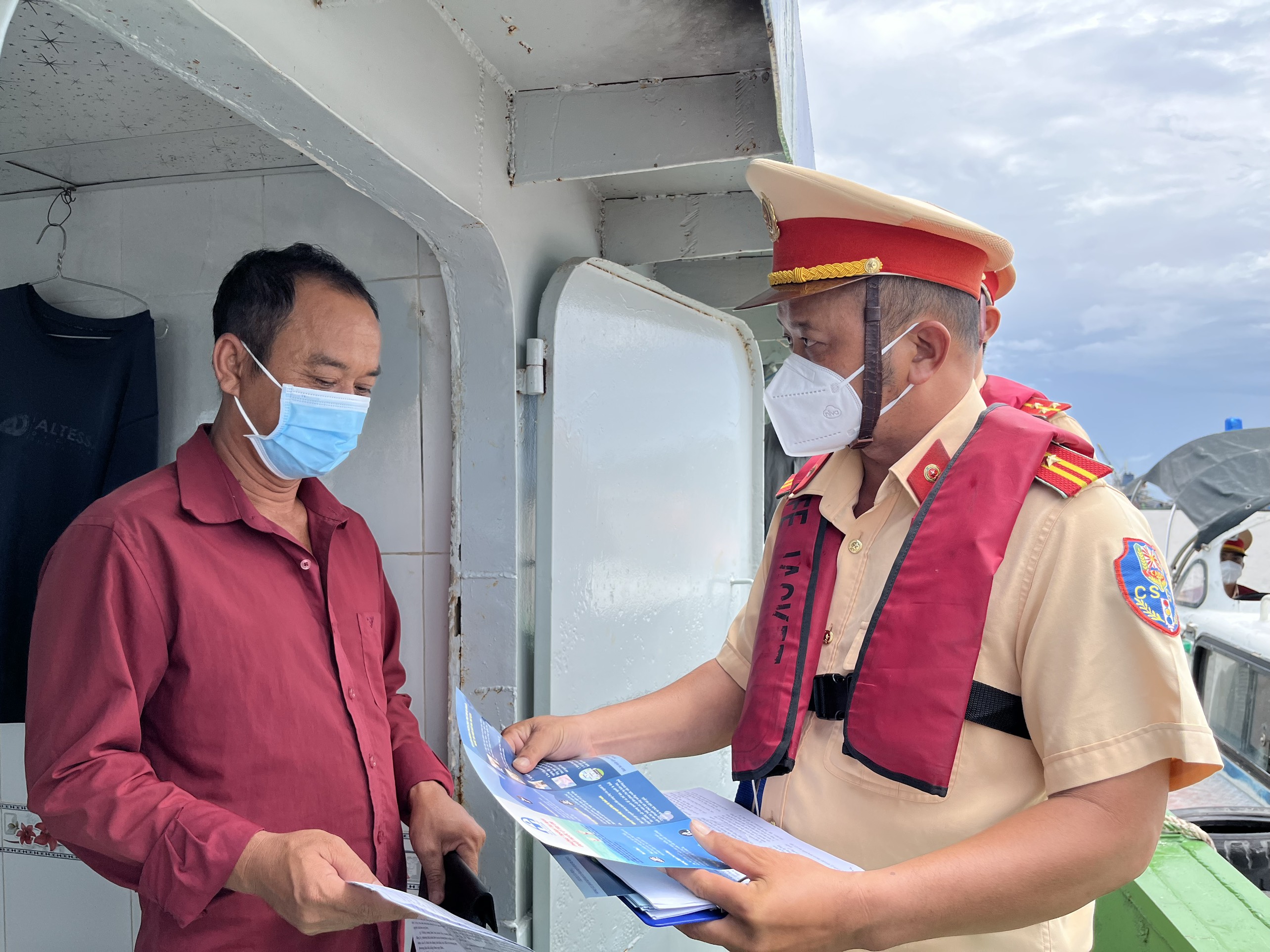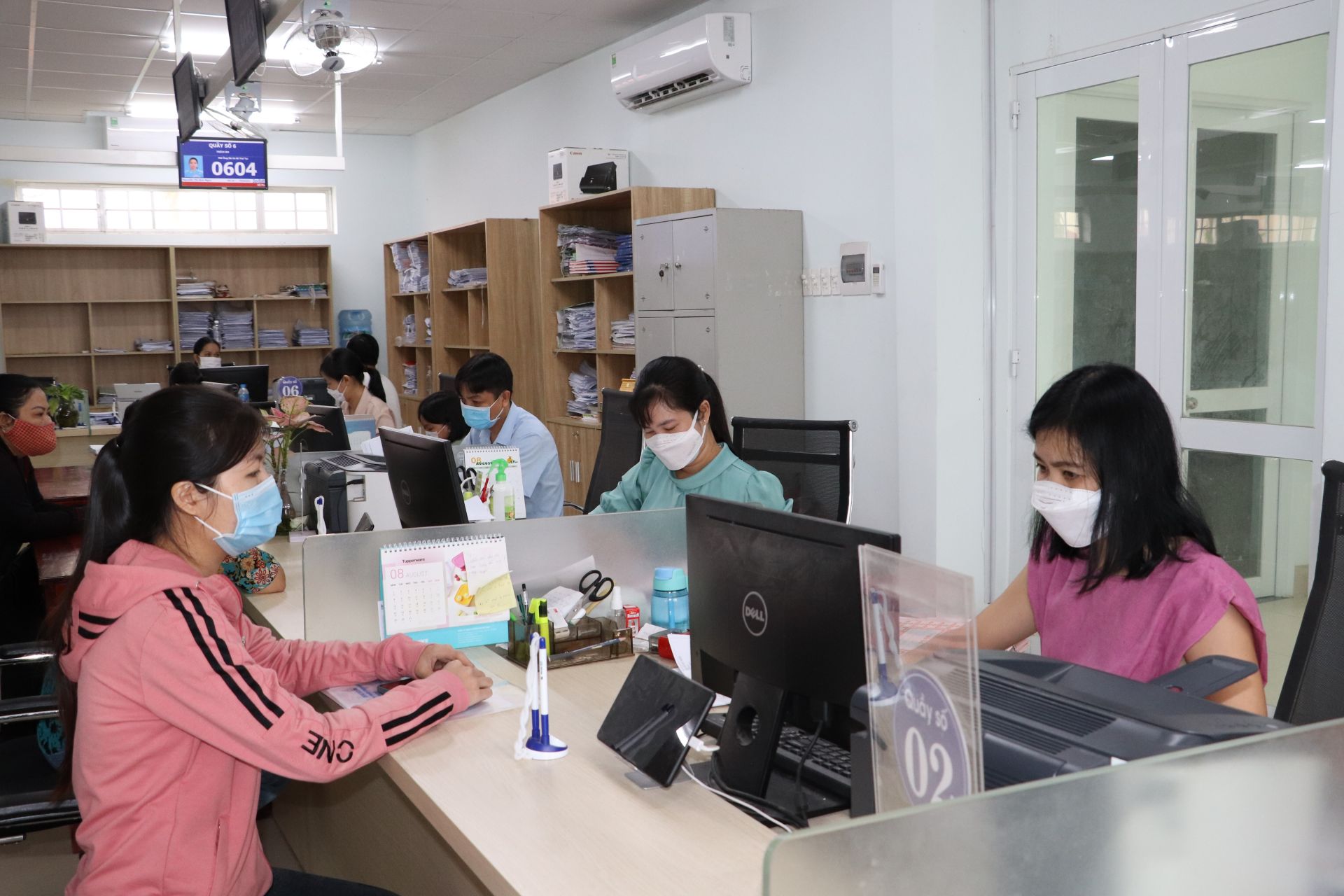Requirements for officers when patrolling, controlling, and handling waterway violations from September 16, 2023 in Vietnam
What are the requirements for officers when patrolling, controlling, and handling waterway violations from September 16, 2023 in Vietnam? - Man Nhi (Phu Yen)

Requirements for officers when patrolling, controlling, and handling waterway violations from September 16, 2023 in Vietnam (Internet image)
Regarding this issue, LawNet would like to answer as follows:
1. Requirements for officers when patrolling, controlling, and handling waterway violations from September 16, 2023 in Vietnam
According to Article 3, Circular 36/2023/TT-BCA, requirements for officers when patrolling, controlling, and handling waterway violations are as follows:
- Comply with legal regulations on inland waterways and maritime traffic; Law on handling administrative violations; Circular 36/2023/TT-BCA; and other relevant provisions of the law.
- Perform properly, fully, and responsibly the assigned tasks according to the provisions of the law and patrol and control plans approved by competent authorities; implement democracy in the work of ensuring traffic order and safety and the People's Police Order.
- Have a proper attitude and appropriate behavior when interacting with people who violate the law.
- Detect, prevent, and promptly handle violations of waterway traffic laws and other related violations of law in accordance with regulations on authority, order, and procedures.
- Ensure other requirements and regulations of the Ministry of Public Security.
2. Regulations on stopping vehicles for control
- Officers performing patrol and control tasks according to plan are allowed to stop vehicles for control in the following cases:
+ Directly detecting or through professional technical means and equipment, detect and record signs of law violations;
+ Implementing direction, patrol and control plans, and work plans of the Crew Chief; Head of Traffic Police Department; District Police Chief approves;
+ There is a written request to stop the vehicle from the Head, Deputy Heads of Investigation Agencies at all levels, and relevant authorities to control and serve the work of protecting national security and ensuring social order and safety;
+ Reports and denunciations of law violations related to people and vehicles participating in traffic.
- Requirements when stopping the vehicle for control
+ Safe, in accordance with the law, does not obstruct traffic activities. Once the vehicle has stopped, it is necessary to control and handle violations (if any) according to the provisions of the law;
+ Select a control location that requires a deep, wide, open, and unobstructed view of the channel; ensure vehicle stopping and public and transparent control;
+ In case of stopping control of vehicles transporting flammable substances, explosives, toxic substances, or other dangerous goods, in addition to satisfying the requirements at Points a and b of this Clause, it is necessary to have safety measures to guide the vehicle away from residential areas or deserted places to stop and then conduct control.
- Signal to stop the vehicle
When stopping a vehicle for control, it is necessary to base it on the density of vehicles participating in traffic, the situation and characteristics of traffic flows and routes to ensure the safety and normal circulation of other vehicles, and do the following:
+ During the day, point the "K-flag" flag towards the vehicle to be controlled, wave it three times vertically from top to bottom, and at the same time make the signal sound one long sound, one short sound, and one long sound;
+ At night, direct the signal light toward the vehicle that needs to be controlled, emit one long flash, one short flash, and one long flash, and at the same time make one long sound, one short sound, and one long sound;
+ In addition to the above command, it is possible to use loudspeakers to instruct the vehicle to stop or slow down for control.
(Article 8 of Circular 36/2023/TT-BCA)
Nguyen Ngoc Que Anh
- Key word:
- waterway
- in Vietnam
- patrol
- Penalties for fraudulent activities on e-commerce platforms in Vietnam
- Guidance on issuing driver licenses for individuals with expired driver licenses in Vietnam
- Cases of verification of driver licenses in Vietnam according to Circular 35
- Proposal on night shift allowance policies and meal support for healthcare employees in Vietnam
- What is Pi Network? Is Pi Network legal in Vietnam?
- Proposal to lower health insurance contribution rates to alleviate economic burden on citizens in Vietnam
-

- Emergency response and search and rescue organizations ...
- 10:29, 11/09/2024
-

- Handling of the acceptance results of ministerial ...
- 09:30, 11/09/2024
-

- Guidance on unexploded ordnance investigation ...
- 18:30, 09/09/2024
-

- Sources of the National database on construction ...
- 16:37, 09/09/2024
-

- General regulations on the implementation of administrative ...
- 11:30, 09/09/2024
-

- Resolution 190: Guidance on citizen reception ...
- 09:00, 22/02/2025
-

- Provisions on naming and use of seals after the ...
- 08:00, 22/02/2025
-

- Continue to implement regulations related to the ...
- 17:30, 21/02/2025
-

- Amendments to regulations on the salary scale ...
- 17:30, 21/02/2025
-

- Supreme People's Court of Vietnam will conducting ...
- 17:00, 21/02/2025
 Article table of contents
Article table of contents
